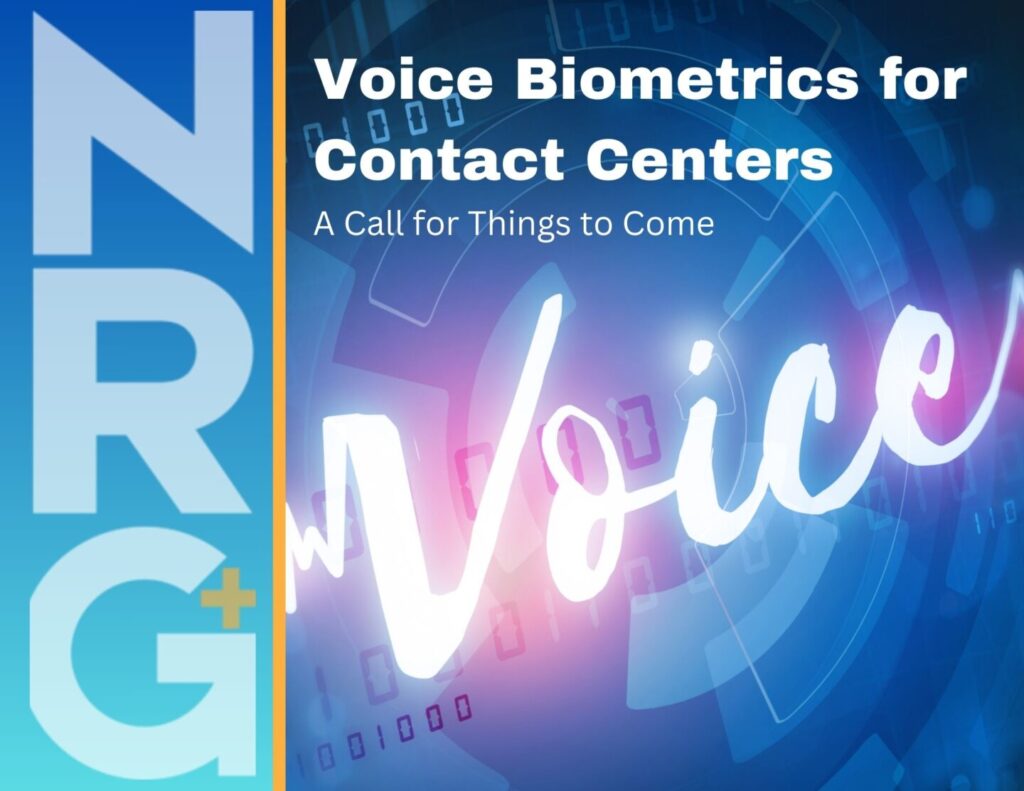Part One: Voice Biometrics for Contact Centers – A Long History of Security
Throughout history, humans have relied on physical characteristics for identification. Fingerprints, for instance, were utilized in ancient Babylon for business transactions. Today, biometrics encompasses a broader range of unique traits, including fingerprints scans, facial recognition, iris scans, and voice patterns. These biological markers, or “something you are,” provide a more secure and convenient alternative for identity authentication compared to traditional methods such as passwords, PINs, or physical tokens.
Voice Biometrics in the Contact Center
Voice biometrics is a technology that analyzes various aspects of a person’s voice, such as vocal cavity shape, pitch, and dialect, for authentication purposes. In the contact center industry, this technology offers faster and smoother customer experiences along with enhanced security. For example, a customer contacting their bank can use their voice as a password, eliminating the need to answer multiple security questions. The system analyzes the unique attributes of their voice in real-time, thereby saving time and reducing the risk of fraudsters gaining access to accounts through stolen passwords or other personally identifiable information (PII).
In Contact Centers, there are two primary approaches to voice biometrics:
Active Voice Biometrics: Customers actively participate by reciting specific phrases into the phone when prompted, establishing their voice print for future authentication.
Passive Voice Biometrics: This advanced method operates subtly in the background, creating the customer’s voice print during natural conversation with an agent. Authentication occurs automatically and in real-time during future calls, without requiring any specific action from the caller or agent.
Both methods offer distinct benefits: active enrollment is quicker for initial setup, while passive biometrics provides a seamless customer experience.
The Rise of AI and the Challenge of Voice Cloning
Despite the advantages of voice biometrics, the emergence of Artificial Intelligence (AI) and deep learning presents a new challenge. Fraudsters can exploit AI to synthesize voice prints, mimicking real individuals’ voices for malicious purposes such as account takeover.
This risk underscores the importance of continuous improvement in voice biometric technology and the necessity of layering additional authentication methods on top of voice biometrics.
Stay tuned for Part Two, where we’ll delve deeper into the pros and cons of implementing voice biometrics in contact centers, along with key considerations for decision-makers.
As a Senior Consultant and content contributor, Jim leverages his expertise in Contact Center and Customer Experience to consult with clients to implement Contact Center as a Service (CCaaS) and improve the overall customer experience through multifaceted initiatives that drive business outcomes and reduce costs. He is a master at providing clients with contact center technology and operations insights in order to establish structure within the contact center aligned with industry best practice to deliver exceptional customer experiences. He implements his vast knowledge of the contact center throughout client engagements to provide solutions tailored to client needs that position them for future success based on industry trends and business goals.
If you would like to learn more about how Jim’s expertise could help you, please contact him today.




